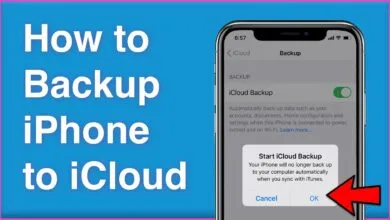Magento Site Speed Optimization – Boost Your E-commerce Performance

In the fast-paced world of e-commerce, every second counts. Slow-loading websites can drive potential customers away and negatively impact your business. That’s why optimizing the speed of your Magento site is crucial. In this article, we’ll explore the various ways to enhance your magento site speed optimization and overall performance.
In today’s digital era, consumers expect websites to load quickly, and this holds especially true for e-commerce platforms. Slow-loading pages can lead to high bounce rates and lost sales opportunities. Magento, being a popular choice for online stores, needs to be optimized for speed to ensure a seamless shopping experience for your customers.
Why Is Speed Optimization Important?
1. Improved User Experience (UX)
When your Magento site loads swiftly, it enhances the user experience. Visitors can easily navigate through your products, view images, and make purchases without frustration.
2. Higher Search Engine Rankings
Search engines, like Google, consider page speed as a ranking factor. A faster site can improve your SEO efforts and boost your visibility in search results.
3. Increased Conversions
A speed-optimized site leads to higher conversion rates. Shoppers are more likely to complete a purchase when they don’t have to wait for pages to load.
4. Lower Bounce Rates
A slow website often results in higher bounce rates, meaning visitors leave without exploring your site. Speed optimization helps reduce bounce rates.
Steps for Magento Site Speed Optimization
1. Choose a Fast Hosting Provider
Select a hosting provider known for its speed and reliability. A dedicated server or managed hosting can significantly improve loading times.
2. Enable Magento Caching
Utilize Magento’s built-in caching mechanisms to store frequently accessed data, reducing server load and load times.
3. Optimize Images
Compress and optimize images to reduce their file size while maintaining quality. Use responsive images for different devices.
4. Minimize HTTP Requests
Reduce the number of HTTP requests by combining CSS and JavaScript files. This reduces server load and speeds up rendering.
5. Content Delivery Network (CDN) Integration
Implement a CDN to distribute content across multiple servers worldwide, reducing latency and speeding up content delivery.
6. Use Lazy Loading
Lazy loading delays the loading of images and other non-essential content until the user scrolls to them, improving initial page load times.
7. Enable Gzip Compression
Enable Gzip compression to reduce the size of web pages and scripts transferred from the server to the browser.
8. Keep Magento and Extensions Updated
Regularly update Magento and its extensions to ensure compatibility, security, and performance improvements.
9. Remove Unnecessary Extensions
Evaluate your installed extensions and remove any that are not essential. Too many extensions can slow down your site.
10. Monitor and Optimize Database
Regularly clean and optimize your Magento database to reduce its size and improve query response times.
11. Use a Lightweight Theme
Choose a lightweight and mobile-responsive theme that is optimized for speed.
12. Implement Browser Caching
Leverage browser caching to store static resources locally, reducing load times for returning visitors.
13. Enable Flat Catalog
Enabling Magento’s flat catalog can reduce database queries, speeding up product page loading.
14. Minimize Redirects
Minimize the use of redirects on your site, as they can add unnecessary loading time.
15. Audit Third-Party Integrations
Evaluate the performance impact of third-party integrations and choose those that are optimized for speed. In the competitive world of e-commerce, site speed optimization is non-negotiable. A fast Magento site ensures a seamless shopping experience, improved search engine rankings, higher conversions, and lower bounce rates. By following the steps mentioned above, you can significantly boost the performance of your e-commerce store and stay ahead of the competition.




